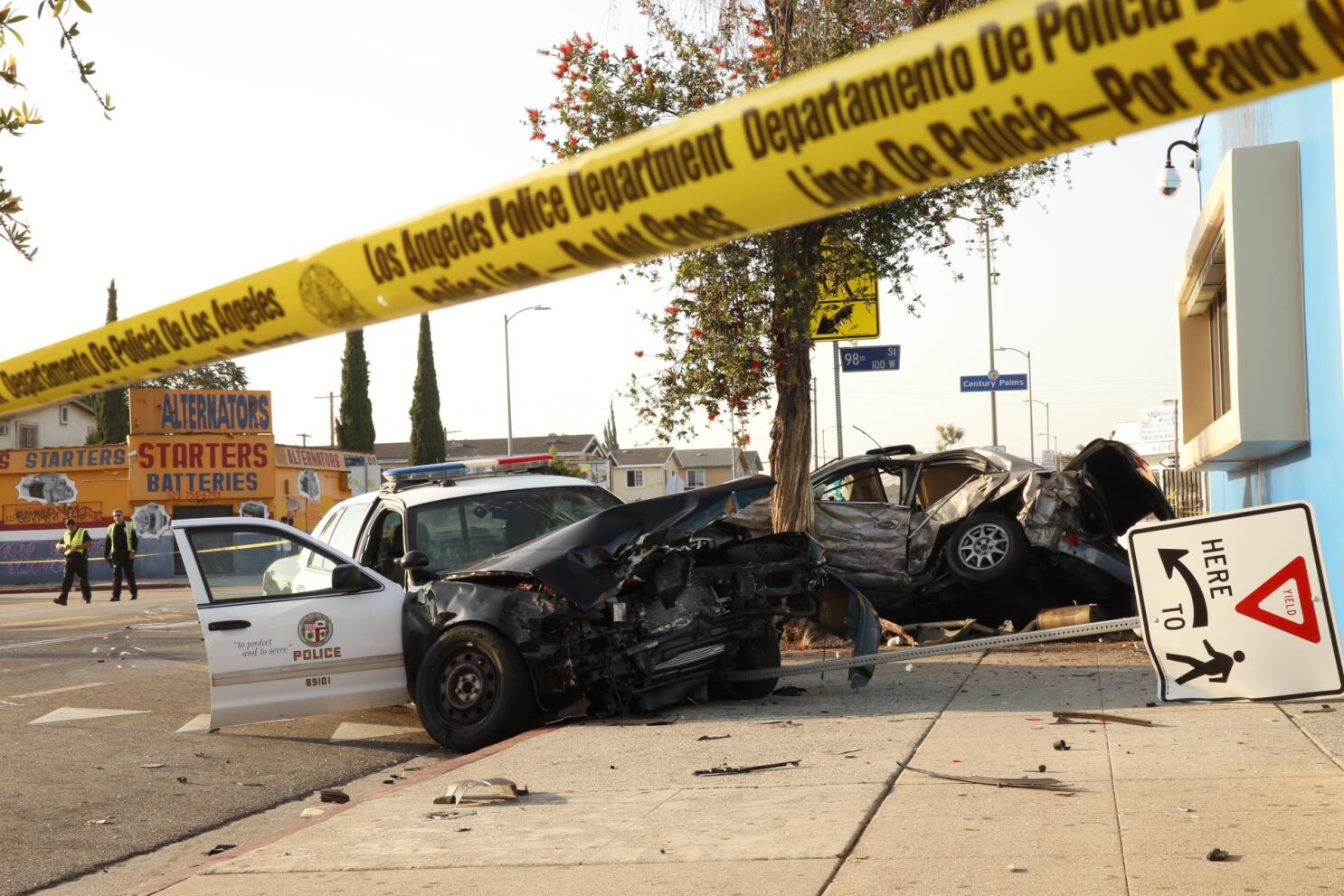Top forward end with the Minnesota Vikings, files legal action against the Minneapolis Police.

The legendary player for the Vikings filed a lawsuit against the Minneapolis Police Department on Monday, claiming that during his subdusion during an arrest last week, authorities had violated his civil rights, used excessive force, and hidden recorded evidence.
The Hall of Fame player was taken into custody after it was claimed that he ran a stop sign and almost collided with a police car. He was pursued home by police, where they claim he become aggressive. He was charged with gross misdemeanours of driving while intoxicated and refusing to submit to an alcohol chemistry test, in addition to felonies of fourth-degree assault and making terroristic threats.
The lawsuit was rejected by the police as unfounded. The lawsuit, filed in federal court, asks for punitive penalties in addition to damages exceeding US$85,000.
Authorities noted that if Carl had stopped at the first police encounter, “all of this truly could have been prevented,” according to County District Court police spokesperson Sgt. Jesse Garcia. According to the prosecution, he might spend up to a year in jail and probation if found guilty.
The lawsuit alleges that officers used excessive force when they struck the forward top player three times on the head with a large torch, used a choke hold and shocked him multiple times with two Taser stun guns, even after he had lost consciousness. The forward acknowledged his struggles with substance abuse, pleaded guilty to driving under the influence and became a treatment counsellor.

According to the lawsuit, he was attacked by officers “maliciously and/or recklessly” because he is black, and this assault was carried out as part of a “tacit agreement or conspiracy” to violate African-Americans’ rights in Minneapolis.
According to the lawsuit, the acts were “malicious, unjustified and unreasonable, and so outrageous as to be none endurable in a civilised society.”
The lawsuit further claims that the police failed to seek or provide him with medical attention, putting him at risk of serious physical harm.
According to the lawsuit, all of the relevant squad cars were equipped with videotape equipment, and a deputy chief gave the order to retrieve the tapes after the arrest.
However, it claims that the recorded material provided to the defence does not depict the events that occurred, and it suggests that the officers “acted or may have acted separately or in concert, to conceal, divert or destroy potential evidence of the excessive force.”
